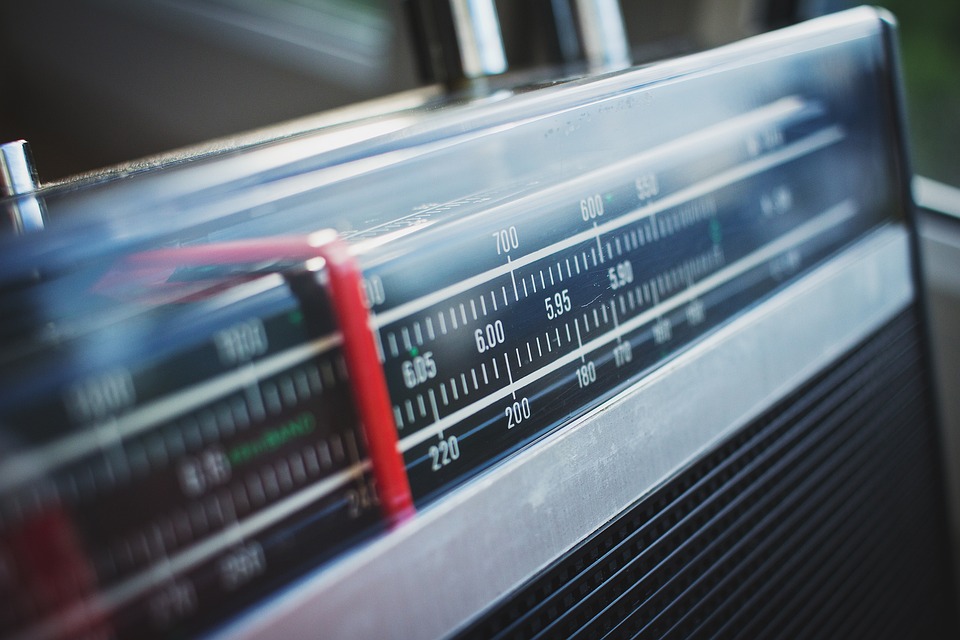The Rise of Podcasting
In recent years, podcasts have become increasingly popular among consumers as a convenient and on-demand form of entertainment and information. With the ability to listen to podcasts anytime, anywhere, and on any device, they have quickly gained a loyal following. As a result, traditional radio broadcasting has felt the impact of this shift in consumer preferences.
Changing Consumer Behavior
One of the main reasons why podcasting has become so popular is the changing behavior of consumers. With the rise of smartphones and other digital devices, people are constantly connected to the internet and have access to an endless array of content. This has led to a trend of on-demand consumption, where consumers prefer to choose what they want to listen to, watch, or read, rather than being tied to a specific schedule set by traditional media outlets like radio stations.
Convenience and Customization
Podcasts offer listeners the convenience of being able to choose from a wide variety of topics and genres, and to listen at their own pace. This level of customization is appealing to many consumers who want to have control over what they listen to and when they listen to it. In contrast, traditional radio broadcasting is often limited by specific time slots and programming schedules, which may not always align with the preferences of listeners.
Cost and Accessibility
Another factor contributing to the popularity of podcasts is the low barrier to entry for both creators and consumers. With the rise of affordable recording equipment and easy-to-use hosting platforms, anyone can create and distribute a podcast. This has resulted in an explosion of new podcasts covering a wide range of topics, from true crime to comedy to self-help. In contrast, traditional radio broadcasting requires expensive equipment, licensing fees, and airtime, making it more challenging for independent creators to break into the industry.
The Impact on Traditional Radio Broadcasting
As podcasts continue to gain popularity, traditional radio broadcasting has begun to feel the effects of this shift in consumer behavior. While radio still holds a significant share of the audio market, there are several ways in which podcasts are challenging its dominance.
Competition for Audiences
One of the most significant impacts of podcasting on traditional radio broadcasting is the competition for audiences. As more people turn to podcasts for their audio content, traditional radio stations are facing a decline in listenership. This has forced radio broadcasters to adapt to changing consumer preferences and find ways to engage with audiences across multiple platforms.
Adapting to the Digital Landscape
In response to the rise of podcasting, many traditional radio stations have started to offer their own podcasts as a way to reach new audiences and stay relevant in the digital landscape. By leveraging their existing brand recognition and talent, radio broadcasters are able to capitalize on the growing popularity of podcasts and attract listeners who may not have tuned in to their stations otherwise.
Monetization and Revenue Streams
While traditional radio broadcasting still relies heavily on advertising revenue, podcasts have introduced new monetization opportunities for content creators. With the ability to reach niche audiences and build dedicated followings, podcasts can attract sponsors and advertisers who are willing to pay for access to engaged listeners. This has reshaped the audio content industry and forced traditional radio stations to reconsider their revenue models.
Conclusion
In conclusion, podcasting has had a significant impact on traditional radio broadcasting by changing consumer behavior, challenging the dominance of radio stations, and introducing new opportunities for content creators. As podcasts continue to grow in popularity, radio broadcasters will need to adapt to the shifting landscape and find ways to engage with audiences across multiple platforms. By leveraging their brand recognition, talent, and resources, traditional radio stations can remain competitive in the digital age and continue to attract listeners who value convenience, customization, and quality content.



Leave a Reply